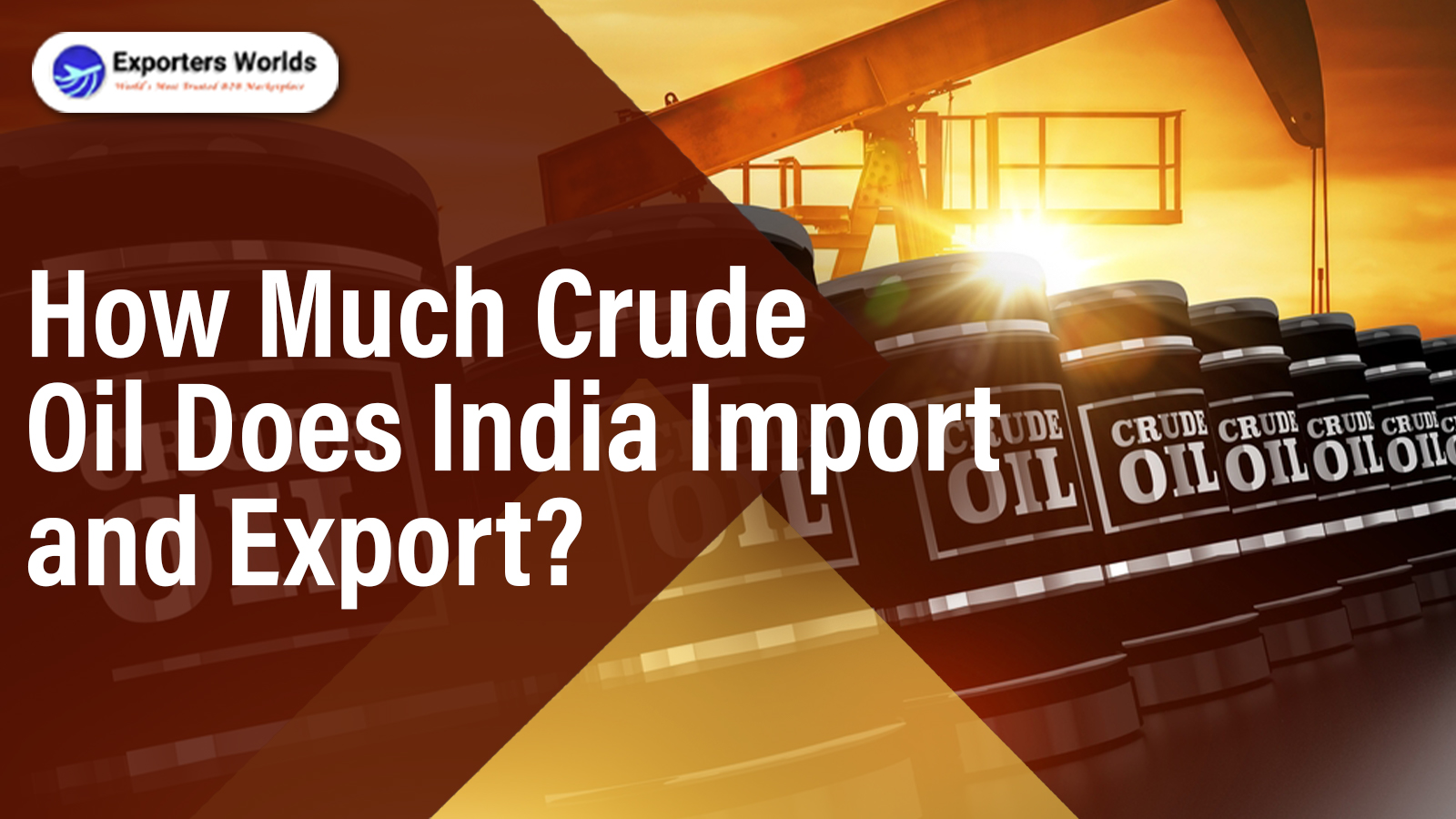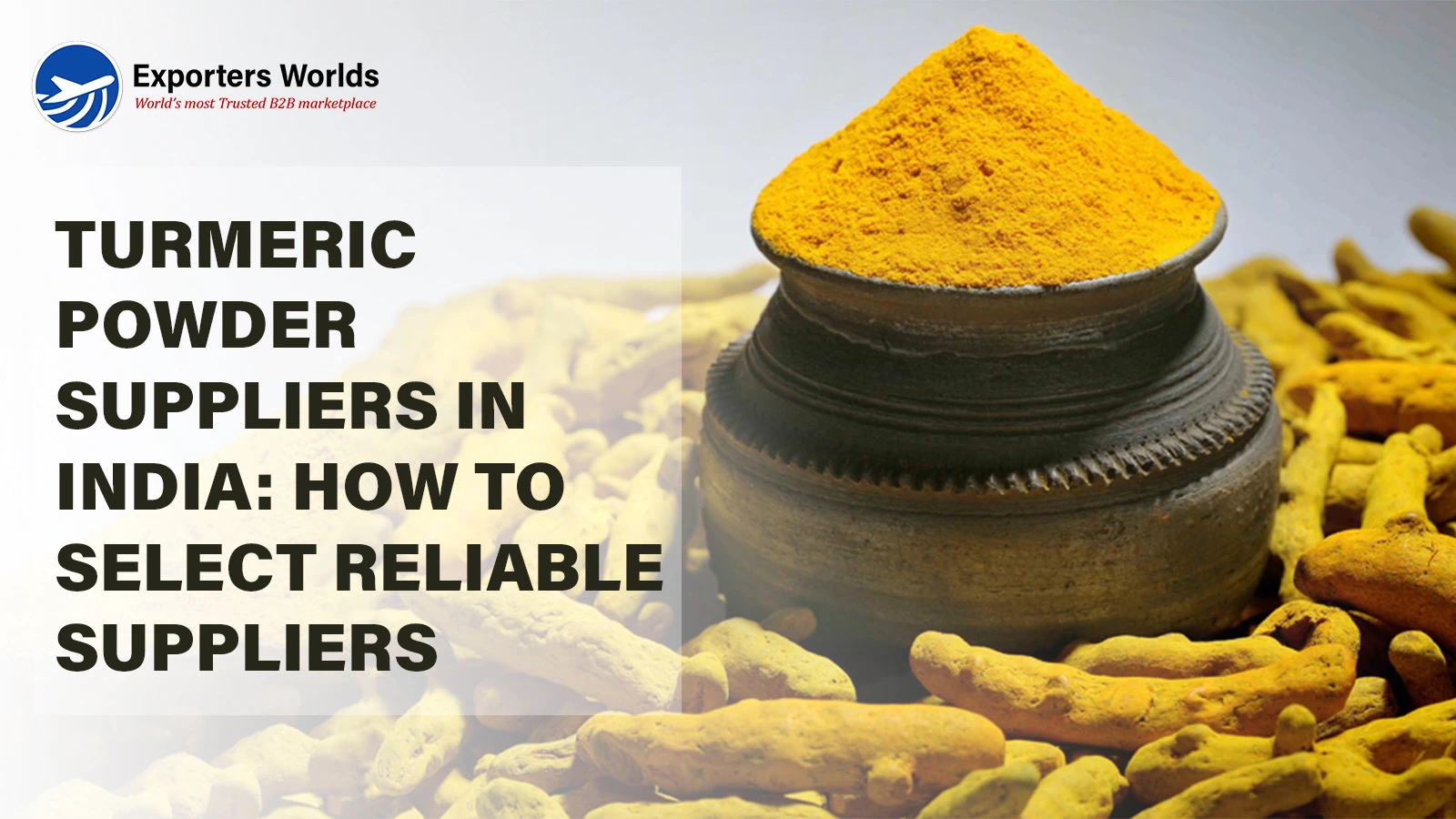How Much Crude Oil Does India Import and Export?

The Urgent Struggle You’re Not Seeing
Every drop of crude oil imported into India carries the weight of a nation’s economy. You feel it when fuel prices spike overnight. You sense it when markets tremble after an OPEC announcement. You live it—whether you’re a trader, manufacturer, policy-maker, or investor.
The real question is this:
Is India in control of its crude oil and petroleum destiny, or simply at the mercy of global suppliers?
Let’s dive deep—into trade balances, refinery strategies, silent exports, and the evolving role of powerful sourcing ecosystems that could change how we look at barrels forever.
The Unseen Dependency: How Much Crude Oil Does India Really Import?
India's hunger for energy is insatiable—and it shows.
-
The country imports over 85% of its crude oil, roughly 4.5 million barrels per day.
-
Even after decades of exploration, crude oil discovered in India still covers only a fraction of what’s required.
This deficit positions India not just as a major buyer—but a pivotal influencer of crude oil exports by country, especially when negotiating long-term contracts with major producers.
Behind this urgency lies a deeper opportunity: India is learning to master the game it once feared.
The Big League: Who Are India’s Top Crude Oil Suppliers?
Oil isn’t just fuel—it’s geo-economic leverage.
India’s top crude oil import partners as of 2025:
-
Russia – Price-competitive and strategic
-
Iraq & Saudi Arabia – Long-term partners with reliability
-
United States – Rapidly climbing the ladder
-
UAE – Consistent contributor in the Gulf belt
In this power equation, crude oil support and resistance levels determine not just prices, but decision-making windows. Every importer watches these levels like a hawk to strike timely and avoid fiscal losses.
The Twist: India Doesn’t Export Crude Oil, But It Exports Power
Here’s the irony—India doesn’t feature in the list of top crude oil exports by country, but it has built a multi-billion-dollar economy on refining and re-exporting finished products.
With world-class refineries like Jamnagar, India supplies finished fuel to over 100 nations—turning import dependency into export strength.
So, while India may rely on imports, it's exporting value—and that changes the trade story entirely.
The Giants Behind the Scene: Top Crude Oil Companies in India
If you're mapping crude oil companies in India, a few names dominate every global investor deck:
-
Reliance Industries – Pioneer in refining excellence
-
ONGC – Champion of Indian oil exploration
-
IOC, BPCL, HPCL – Masters of distribution and infrastructure
These are not just crude oil companies—they are economic levers. And their influence now extends into global trade hubs, market derivatives, and forward contracts with global impact.
Investors tracking crude oil stocks in India often treat these firms as bellwethers for economic direction.
What Lies Beneath: Where Has Crude Oil Been Discovered in India?
It’s a familiar map—but still highly significant.
Exploration has revealed significant reserves in:
-
Assam – An old but gold basin
-
Mumbai High – Offshore, still producing at scale
-
Rajasthan & Gujarat – Growing deeper in strategic importance
But while crude oil discovered in India offers stability, it’s far from meeting the nation’s industrial appetite. The real engine is downstream and midstream capability—refining, logistics, and exports.
The Financial Frontier: Crude Oil Stocks and Options Are Heating Up
With increasing volatility, crude oil options are now among the fastest-growing financial instruments on Indian exchanges.
Retail and institutional traders alike monitor:
-
Technical signals from crude oil support and resistance levels
-
Strategic entry/exit through options on MCX & NSE
-
Performance of major crude oil stocks in India—especially Reliance, ONGC, and IOC
This new frontier is not just for traders—it’s intelligence for every stakeholder in the oil trade.
Fueling the Future: What’s the Latest in India's Crude Oil Arena?
Let’s look at some hard-hitting, recent movements in the market:
-
India’s crude oil imports from Russia have surged over 40% in Q1 2025 alone
-
The US became the fourth-largest oil supplier, eclipsing the UAE in volume
-
OPEC regained lost ground as its share of India’s oil imports rose to 51.5%
-
India is set to save ₹1.8 lakh crore in 2025 due to global crude and LNG price drops
-
India’s demand for crude oil and petroleum products is projected to grow 3.39% this year—outpacing China
The message is clear: real-time trade, market insight, and smarter platforms are now non-negotiable.
India’s Crude Future: Are You Aligned with the Shift?
The energy battleground has changed. It’s not about who extracts the oil—it’s about who refines faster, trades smarter, and connects deeper.
And whether you’re trading petroleum products, exploring derivatives, or negotiating freight—access to intelligent, verified trade ecosystems is now a business imperative.
This Is Where Exporters Worlds Becomes Your Edge
In this massive, ever-shifting energy landscape, Exporters Worlds isn’t just keeping up—it’s setting the pace.
From connecting you to high-intent buyers to enabling seamless export of refined fuel products, it ensures Indian companies not only stay in the race but lead the charge.
For businesses in the crude oil and petroleum value chain, this is the gateway to true growth.
And it’s open. Right now.
FAQ
1. How can I find genuine crude oil buyers or sellers?
It’s difficult due to fake leads and unverified contacts. EXPORTERS WORLDS solves this by connecting you only with verified global buyers and sellers, ensuring real deals, transparent negotiations, and secure documentation—drastically reducing fraud and saving your time and capital.
2. Is crude oil trading profitable for small suppliers?
Yes, if done strategically. India's demand crossed 232 MMT in FY2023, creating space for small players. EXPORTERS WORLDS levels the playing field by offering visibility, digital tools, and buyer access, helping smaller traders compete like established crude oil companies in India.
3. What is the difference between crude oil and petroleum?
Crude oil is the raw, unprocessed form extracted from the earth. Petroleum refers to refined products like gasoline, diesel, and jet fuel derived from crude oil through refining. Both are essential in global energy and industrial sectors.
4. Are crude oil options risky to trade?
Yes, especially without proper knowledge or verified counterparties. Fluctuating crude oil support and resistance levels add complexity. EXPORTERS WORLDS helps mitigate this risk by offering a trusted network and educational support for safer and smarter decision-making in oil trades.
5. Has crude oil been discovered in India?
Yes. India has discovered crude oil reserves mainly in Rajasthan, Assam, and Gujarat, with ONGC and OIL leading exploration. Despite local production, over 85% of India’s crude needs are met through imports, making reliable global sourcing crucial.




